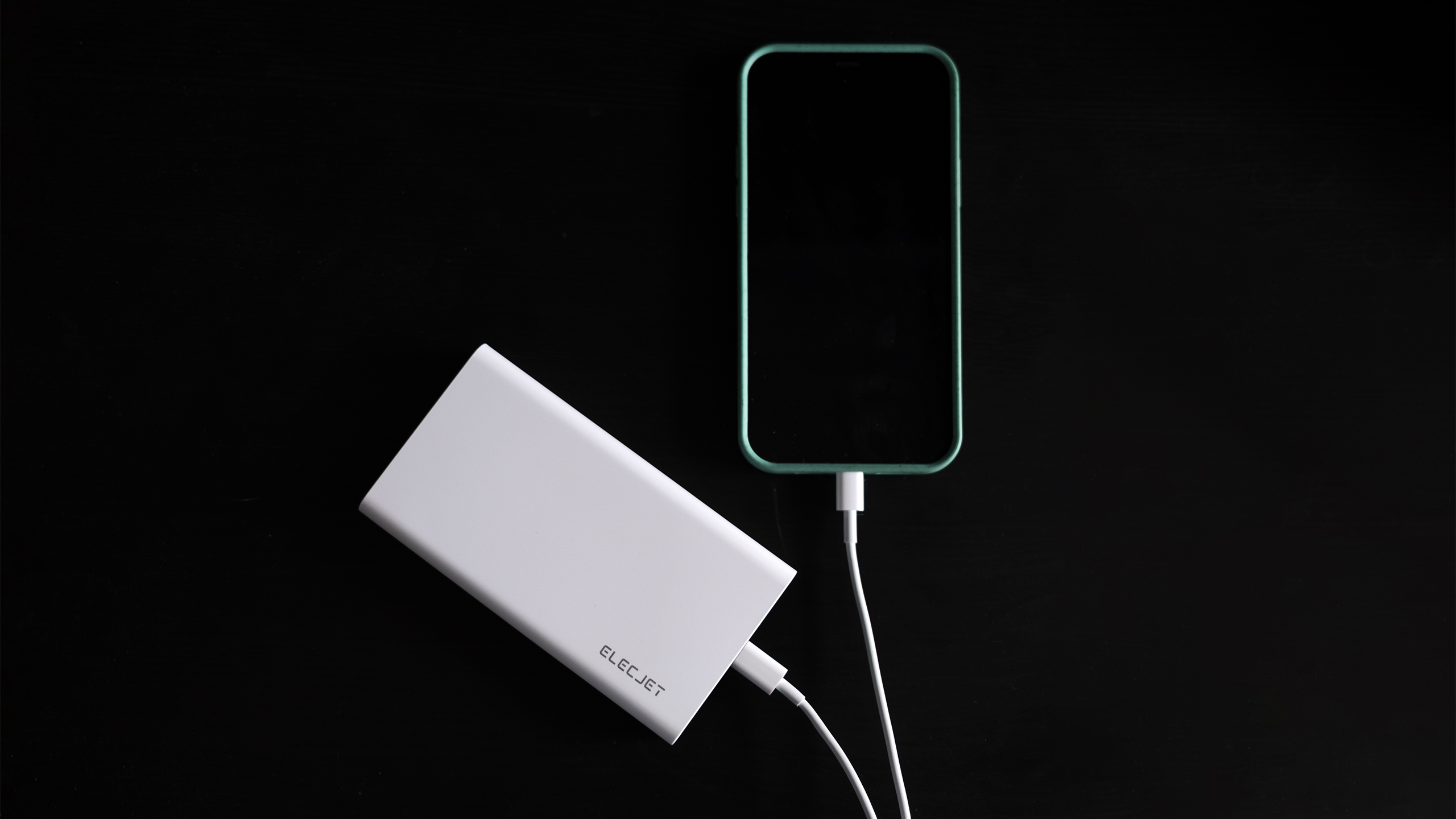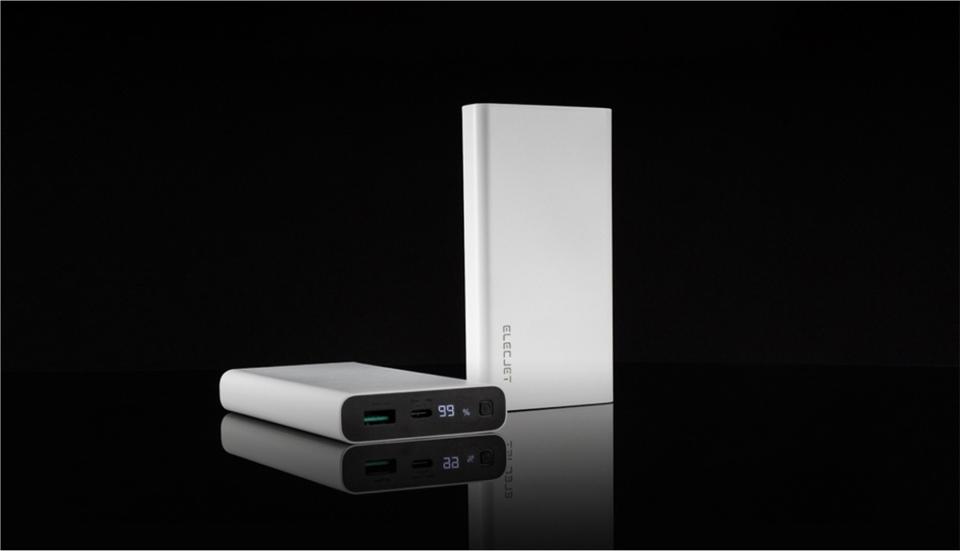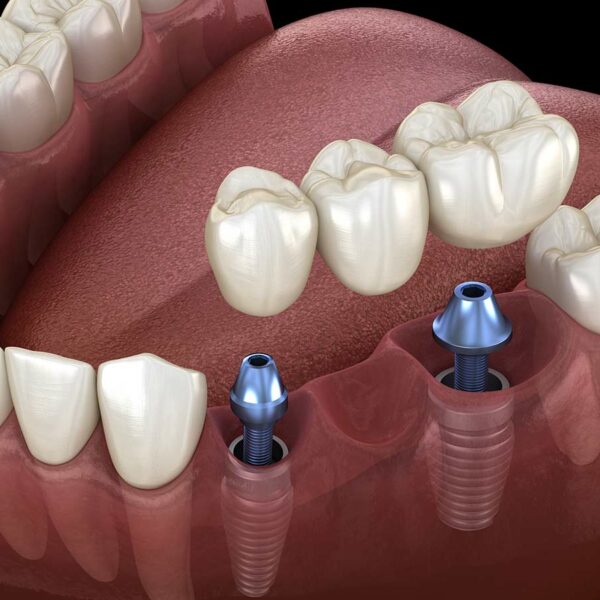
In just a few short years, we have gone from 5W USB adapters being the norm, to iPads and Nintendo Switches charging at 18W, to modern laptops charging at up to 140W. This explosion in charging power via a (somewhat) standard USB-C connector has been great for consumers, as they can now charge their devices mostly with one or two well-placed adapters. But it has made choosing the right power bank to charge all your devices on the go much more difficult.
That’s where Elecjet comes in, a small company that has carved a niche for itself by using graphene in adapters and power banks. It launched its first “graphene-enhanced battery power bank” on Indiegogo in 2019 and is now back with the Elecjet Apollo Ultra. It’s a 37Wh (10,000mAh) power bank with some notable features: it can charge at 100W and has an output power of up to 87W across its two ports.
These values are very high. Most 10,000mAh batteries max out at 18W; only the larger chargers reach values of 65W. On the input side, the peak value for a high-quality portable charger is about 30 W. (There is a market for “laptop power stations” that can match and in some cases exceed Elecjet’s input and output numbers, but these tend to be bulky devices.)My personal power bank at the moment is a 20,000 mAh Anker PowerCore, which has a maximum output of 25W and a maximum input of 30W. It has twice the capacity of the Graphene model, but after using a pre-production unit sent to me by Elecjet for about a month, I do not want to go back.
Before I get into that, what does a “graphene-enriched battery” even mean? Elecjet takes the lithium cells that are in every device these days and plays with chemistry. Its “graphene composite cells” mix a graphene solution with the lithium in the cathode, then add some graphene layers on the anode.The interspersion of graphene significantly improves performance at the expense of size. Thanks to lower resistance and higher thermal conductivity, Elecjet’s graphene-lithium composite cells can theoretically charge five times faster and go through five times more charge cycles but have a 25 percent lower energy density than conventional lithium. So graphene composite batteries are faster and run cooler, but have either a lower capacity or a larger size compared to the batteries we are used to.I am yet to load the Apollo Ultra up to its stated power limit of 87W. The devices I need to charge regularly are an iPhone 12, a Nintendo Switch, and an M1 MacBook Air.
My Nintendo Switch charges at 18 W, my iPhone charges at 20 W, and my MacBook Air charge at about 45 W.That last number is even higher than the charger that came with the MacBook Air, but when I plugged in a 65W Apple charger from a MacBook Pro, I saw essentially the same number, so that seems like a safe rate for the battery. However, I did some testing with a friend’s 13-inch MacBook Pro and found that it could charge at a similar rate to the 65W charger that it came with.Speaking of power, this is really nitpicking now, but the Apollo Ultra’s USB-C port can handle up to 65W and the USB-A port can handle 18W.
With the PPS power rating, it can output 68.25 W, but none of those combinations add up to the claimed 87 W.Aside from the power, the main benefit for me is how quickly you can charge the battery itself. I am pretty forgetful and often prepare to leave the house when my phone battery is dead, only to go to my powerbank only to find it’s dead. I am sure this will still happen because if I have not learned to adequately prepare for life in 36 years, I am not going to change that now.
But since I can charge the Apollo Ultra so quickly, it’s really not a problem. If I plug it in for about six to seven minutes, I have enough juice to charge my iPhone from zero to 100 percent. And honestly, even a few minutes before I run out the door, I have made it home without my phone going belly up. Although the pre-production units are limited to 87W of power (and therefore took about 35 minutes to charge), the final 100W edition charges from 0 to full in less than half an hour. It’s like a safety net for my own stupidity.

The small size, at least compared to my normal powerbank, is also a plus. At 130 x 68 mm, Elecjet’s bank has about the same footprint as an iPhone 13 mini and is about 17 mm thick. For most people, it’s totally pocketable, or at least jacket pocketable, which is more than I can say for my Anker. It’s also pretty attractive for a powerbank in my opinion, with nice white and black plastic and a proper display that shows battery level. After years of having to read the amount of power remaining with four small LEDs, it’s very nice to have so many degrees of precision.
For all that I appreciate the size and build quality, there’s no getting around the fact that the Apollo Ultra’s overall capacity is quite low. It’s enough for about two-thirds of a charge of a MacBook Air, two and a half Switch charges, or about three charges of a modern smartphone. That’s… perfectly fine. But the benefits of being able to charge something at 65W are somewhat limited when the battery drains in 35 minutes at that rate.
What I’d really like to see is impossible with today’s technology: something this size that’s just as powerful, but has twice the capacity. Elecjet says that in the future it will be able to shrink the power module to alleviate the density problem, and also claims to have “a new battery under the hood” that can get much closer to the density of normal cells.
In the meantime, it would be nice to see Elecjet add larger capacity batteries to its current Apollo Ultra lineup. Some options would be good so buyers can choose the compromise that suits them. A 55wh battery pack would only be 50 per cent larger, but could serve a wider range of devices. Even a 75-Wh battery would only be twice as big.

The pricing Elecjet has decided on is hard to judge. The Apollo Ultra is being offered on Indiegogo for $65, which is honestly the most expensive price I have seen recently for a battery pack of this capacity. But it performs more like the ultra-high-end batteries that cost over $100, and unlike those, it fits in my jeans pocket. But it does not last as long as those – you see my problem. I think $65 is a reasonable price for what you get here. It’s a slim, cool looking thing, and the fast charging makes it more useful to me than a “regular” larger capacity battery pack.
As with all Indiegogo products, there’s one big caveat: you are not buying a product that already exists. Production will start soon, and users who back today should expect their devices in early 2022. I have a working device on my desk, so I am confident Elecjet can deliver a powerbank as advertised. But the company’s past Indiegogo campaigns are leading to even more reservations.
Both the Elecjet Apollo and Apollo Max campaigns experienced problems. Some users reported exploding powerbanks, others never received their devices, and perhaps worst of all, users who complained about the Indiegogo campaigns went months or, in some cases, years without a response. All of these complaints have now been resolved, but only in the final days before the launch of the new product.
Elecjet merged with another company called Real Graphene earlier this year. Both companies were founded by the same person, Samuel Gong, a UC Berkeley engineering graduate, but Gong says he was not involved in Elecjet’s day-to-day operations until the two companies merged.
When I asked him about complaints about previous campaigns, Gong acknowledged that there were “some issues with the quality of the previous products” and said that most people who did not receive their product did not provide a shipping address on Indiegogo. He said that the company was “run by a different team and the previous campaigns and products were run by [this] team.” He added that the new Apollo Ultra has been extensively prototyped and tested by UL (a reputable certification company) for safety. The press kit provided by Elecjet touts “8 safety features” and points out that the device never reached more than 42°C during testing. This is consistent with my personal experience, where the device felt cooler than my normal powerbank, which charged at a lower rate.
As for not responding to customer service inquiries, he acknowledged that the company “could not spend enough time on previous campaigns” after the merger. The reason he gave for the sudden responses to old complaints was that a new team was hired to manage the Indiegogo campaign, and that team also manages backers of old projects from before the new leadership team.
I am very fond of the Elecjet Apollo Ultra. It’s rare that I get interested, let alone excited, about a product as boring as a powerbank, but it’s always good when something completely new enters the tech space. However, these reservations are very worrying. If you are not willing to take the risk but are still interested, Elecjet has its own retail website and a sizable Amazon presence for its other products. You can also wait for the product to launch and sell it later through traditional retail channels (at a slightly inflated price).












